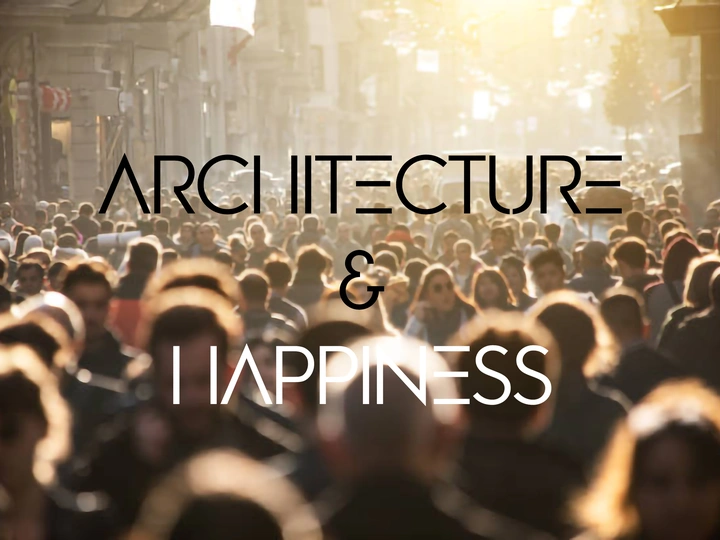Architecture & Happiness

Nellia Leshchenko
Author: Nellia Leshchenko, Architect, Dr.Sc. in Architecture,
Professor, Department of Information Technologies in Architecture,
Kyiv National University of Construction and Architecture
Collaborator: Alina Holovatiuk. A Ukrainian architect and CGI artist, founder-CEO of the InTempo app & case against panic attacks, and co-author of the international social experiment "Architecture & Happiness."
My interests include AI in architecture & design, eco-tech, biotech and parametric architecture, painting, graphite drawing, cinematography, and architectural competitions.
I’m running an architecture blog on Instagram with 58k followers and 24/7 accessible for a conversation with smart and outgoing people. Among the latest achievements could namFinalist of Lexus Design Awards 2021 and Creative Hack Awards 2022.
The "Architecture and Happiness" project is intended for developers, businessmen, government structures, the economic and political elite, and customers for architectural bureaus and is intended to convey information about the perception of ordinary people of architecture and public spaces of the city to those who directly influence the development of the urban fabric. Since the experiment also deals with happiness, which is close to everyone, the results of the project will be interesting for everyone.
The main goals of the experiment are :
- to inspire people who are not related to architecture, to pay attention to the architectural space and observe how their psychological state changes in it;
- encourage architects, designers, developers, etc. to create people-oriented architecture and public space of the city and reduce the distance between creators and those for whom this space is designed;
- to find out what the connection is between the level of happiness of people, architecture, and the public space of the city;
- to find out how the perception of happiness differs among people of different ages, gender, wealth, religious views, and nationality, as well as in different life circumstances;
- establish whether there are elements that are guaranteed to transform space and architecture into a "happy" one?
- find out whether the objects in space that we see, but do not pay attention to them, affect our emotional state?
- identify objects that cause an emotional response in public space.
It was decided to change the format from a written to a video survey, not to give any definitions in advance (for example, the definition of the concept of "public space"), and to simplify the questions (without architectural terminology).
The survey consists of 8 questions, including a request for the author to introduce himself.
A total of 2,000 respondents aged 7 to 84 from 29 countries were interviewed. Currently, data analysis is carried out using AI.